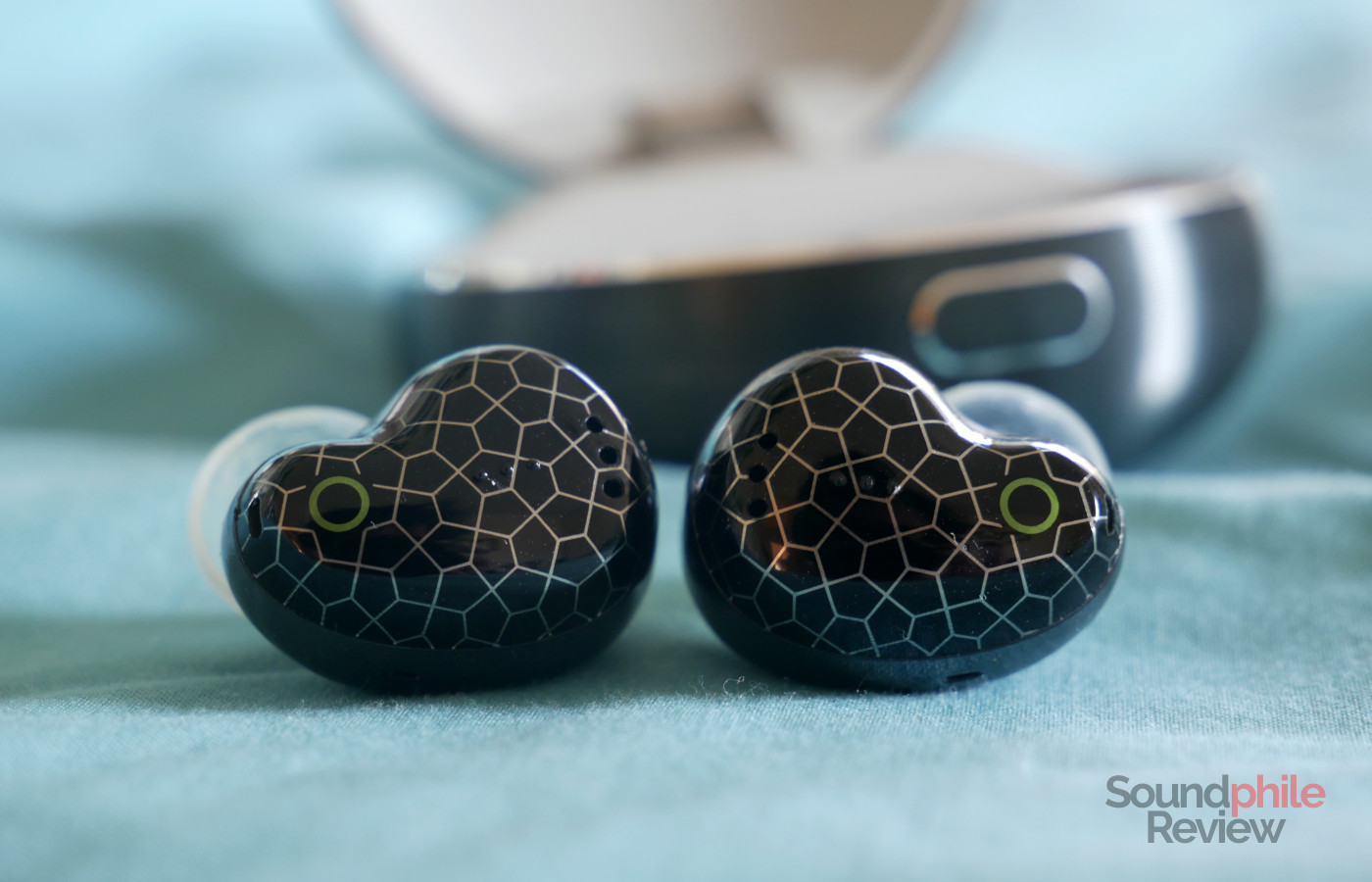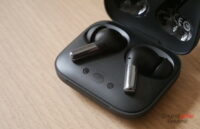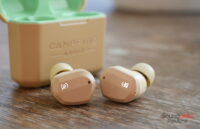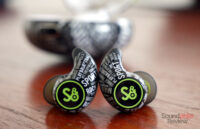Mifo has been spawning a few sub-brands lately, with Sport & Outdo introduced with the Mifo S and now with the FiiTii HiFiPods which, as the name suggests, aim at pleasing the audiophile crowd – with mixed results, mostly having to do with the price strategy that Mifo chose.
Disclaimer: I received the earphones free of charge. You can find additional info on them and purchase them on FiiTii’s website. Using the code hifipods you can get 20% off until October 31st.
TL;DR: recap
| Pros |
Cons |
| + Decently comfortable
+ Well-built case |
– Overpriced, which creates a lot of issues that wouldn’t otherwise be there: sound quality, functionality, battery life, price/performance ratio…
– Fit and passive isolation are hit and miss
|
Rating: 5/10
Packaging & Accessories
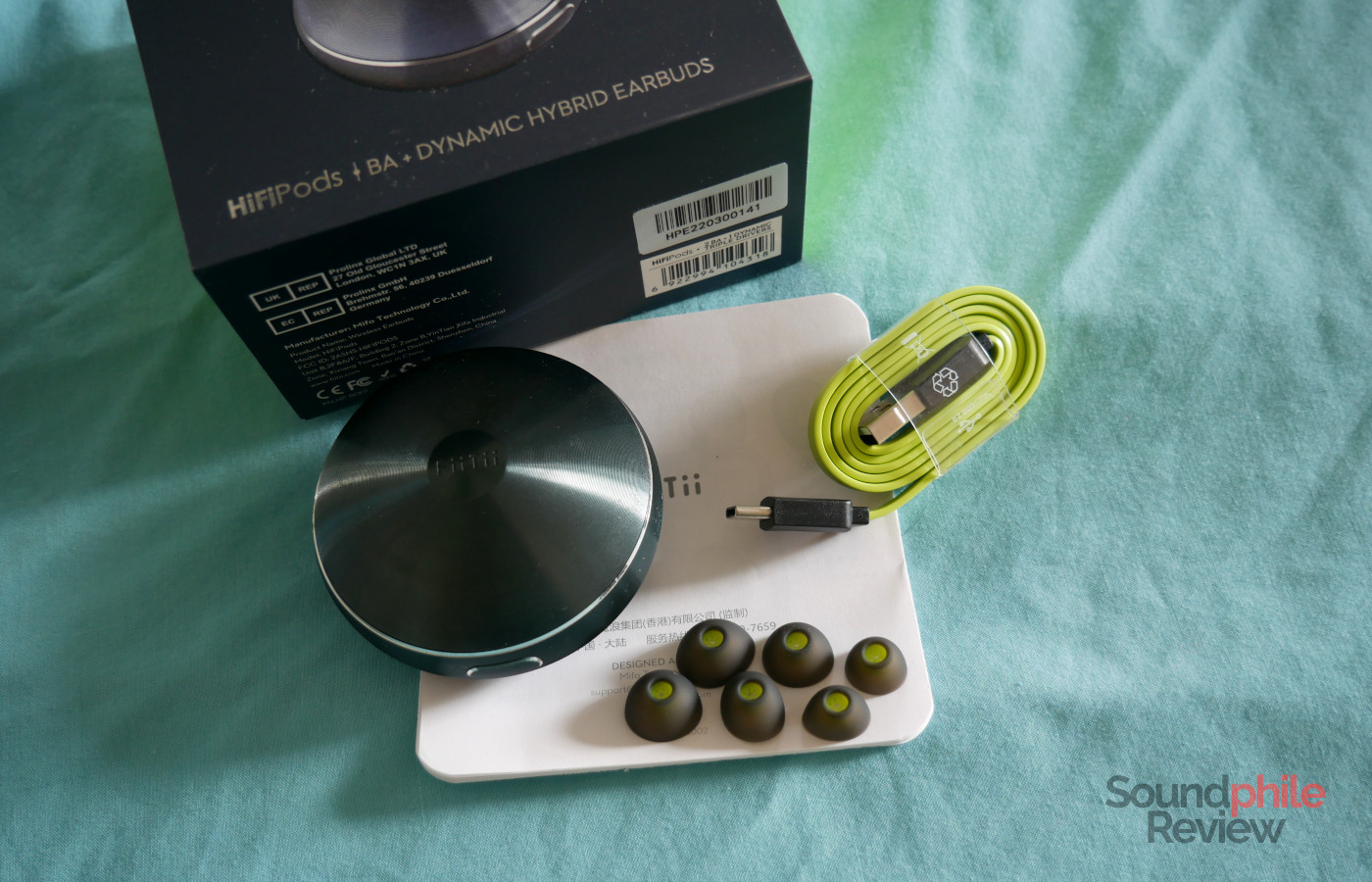
The packaging is identical to that of the Mifo S, with the same accessories as well: a manual, a set of eartips and a USB to USB-C cable.
Design & Comfort
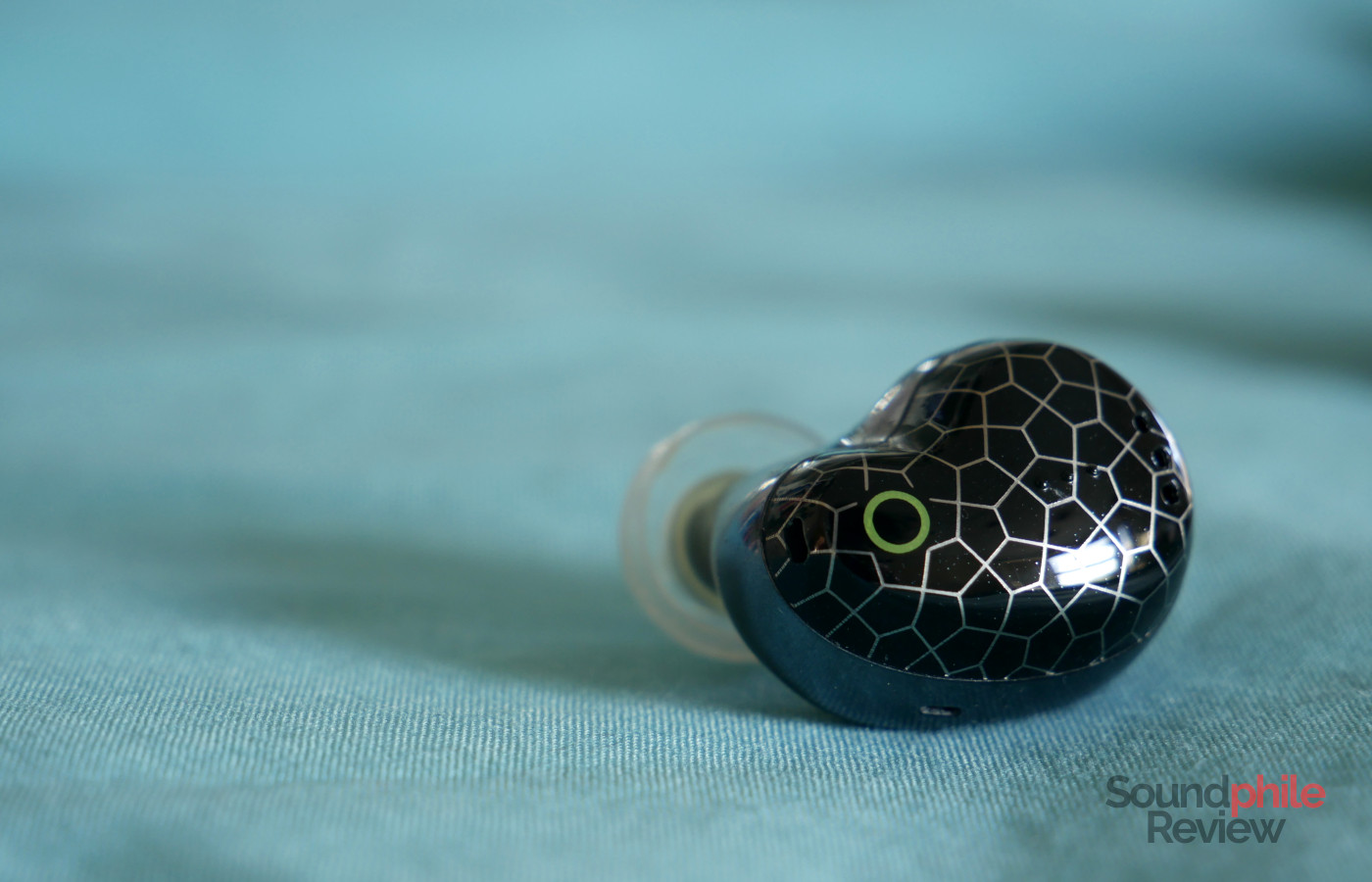
The design of the FiiTii HiFiPods is quite generic in terms of shape and quite unique in terms of decoration. The shape is the typical, semi-triangular one used by most IEMs and it doesn’t really bring anything new. It works really well though, so reinventing the wheel really doesn’t feel necessary. The decoration, on the other hand, is quite peculiar as it looks like a net of irregular silver pentagons weaved together over a black background. It does look quite modern and certainly innovative. The rest of the shell is a glossy almost metallic dark grey.
The earbuds are decently well assembled and appear to be made with quality materials. They’re IP67 certified, so you can even submerge them for up to half an hour at 1 m of depth without fear of damaging them.
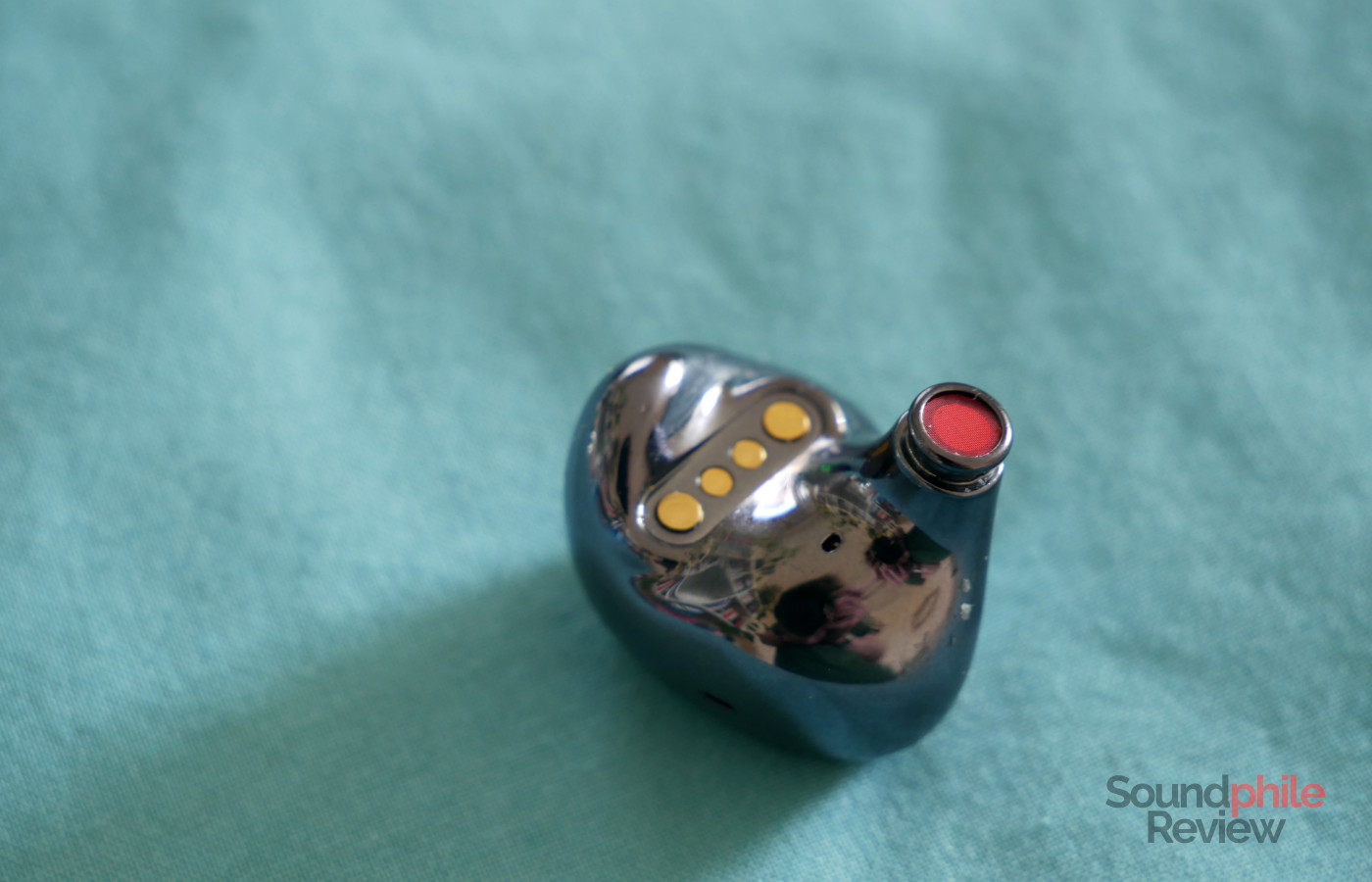
The shells are relatively large, and they’re also quite thick. This could potentially pose an issue to people with smaller ears. On the other hand, though, the earbuds are quite lightweight, so this shouldn’t be an issue at all. Apart from this, I’ve found comfort to be a bit of hit-and-miss, as I’ve struggled to find eartips that work well with the HiFiPods. I don’t find the stock tips too comfortable, but the SpinFit CP1025, which are usually my favourite for TWS earbuds, aren’t great either due to the shallow fit; standard-sized tips like the CP100 fix this issue, but then make it feel like the earbuds are about to fall off which is not great. This is all rather personal though, so your experience may differ greatly from mine.
Passive isolation is influenced by this, but in any case it’s not great even with full-sized tips that completely seal off the ear canal. In fact, the HiFiPods are not great in noisy environments due to this and while the ANC feature does manage to remove a lot of the low-frequency sounds, it is not aided by the passive isolation to reduce the rest and this means that sounds in the mids and highs regions hit your ears almost intact, forcing you to raise the volume.
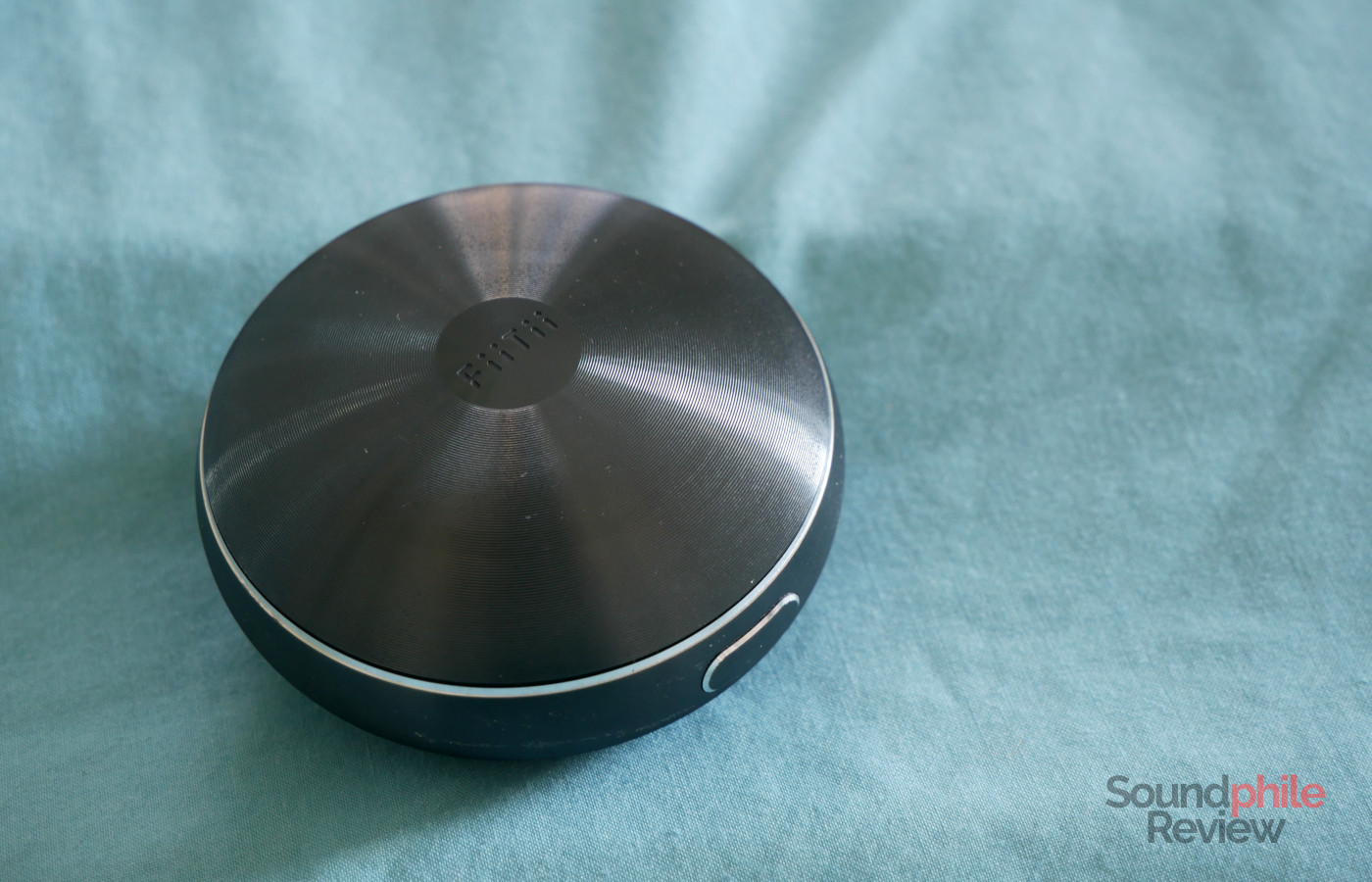
The case is the same as that of the Mifo S: it is a circular, doughnut-shaped (but without the hole: not a toroid, in other words) piece of metal, with circular grooves on the whole surface that help with the grip (but which also get full of dust and dirt!).
Extra Features & Battery Life
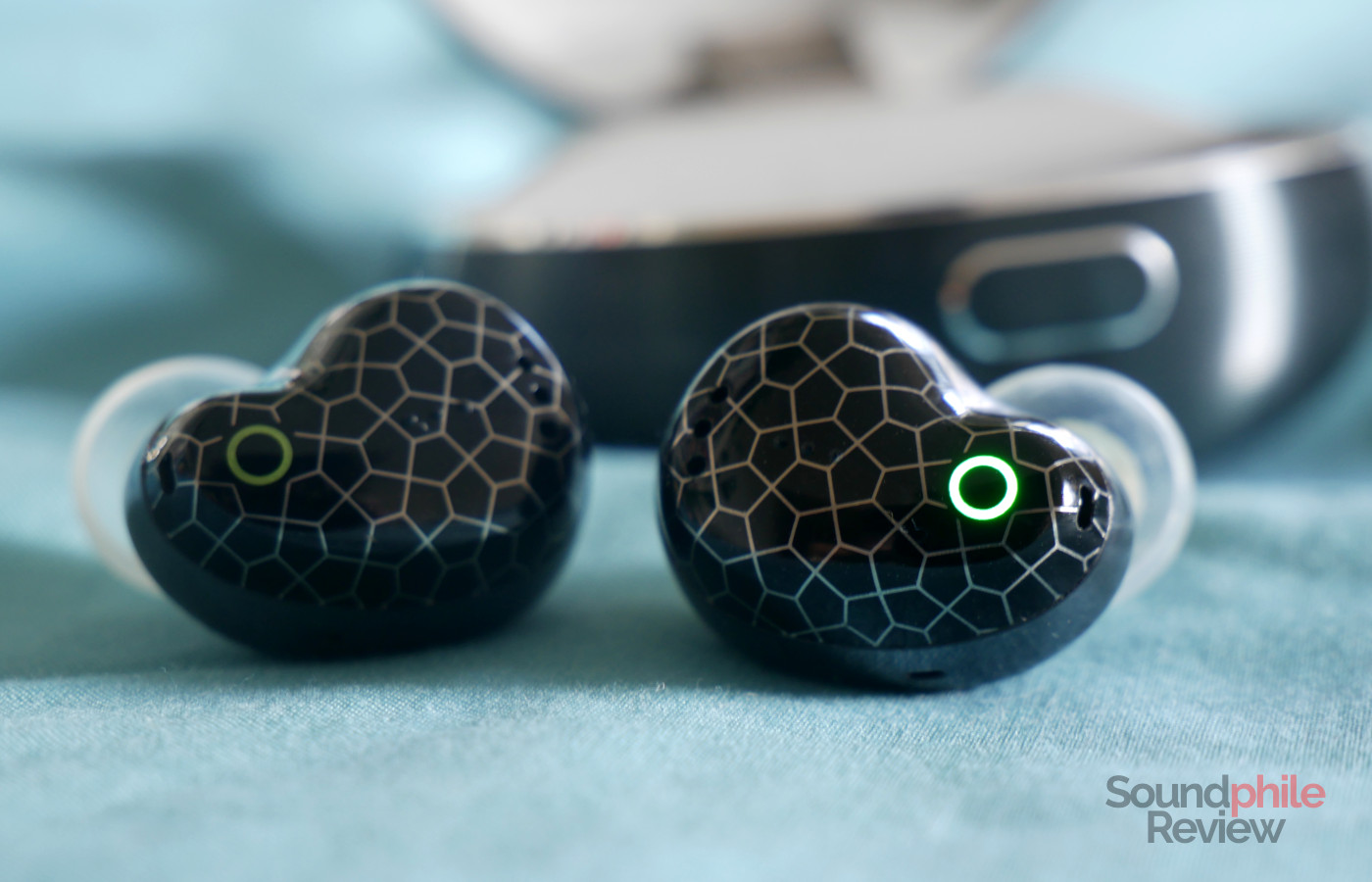
The HiFiPods offer compatibility with the Bluetooth 5.2 standard as well as with the SBC, AAC and aptX codecs. Range and stability of the connection are entirely average… for earphones costing between $50 and $100. I can step out of the room without issues, but as soon as I start walking away, the music starts to sputter until it finally stops entirely when there’s two walls in between.
Touch controls are quite effective and easy to use: one tap adjusts volume (lower on the left hand side, higher on the right hand side), two taps play or pause music as well as answer or end calls, three taps skip to the previous track (left) or to the next one (right), tap-and-hold cycles through the ANC modes and five taps enable the low-latency mode.
ANC in itself is quite effective at removing low-frequency noise, but it stops there and this means that you can actually end up hearing more of the rest of the frequencies thanks to the lower presence of bass in the mix. The lack of proper passive isolation doesn’t really help with this. This holds true with both the “mild” and the “strong” noise cancelling modes. The “mild” mode is not really effective at cancelling sounds, so it is almost as if it wasn’t there. It should also be noted that, contrarily to most recent earphones, the FiiTii do change their sound signature when ANC is enabled, with less bass in the mix. There’s also a strong hiss that only appears when the “strong” mode is enabled.
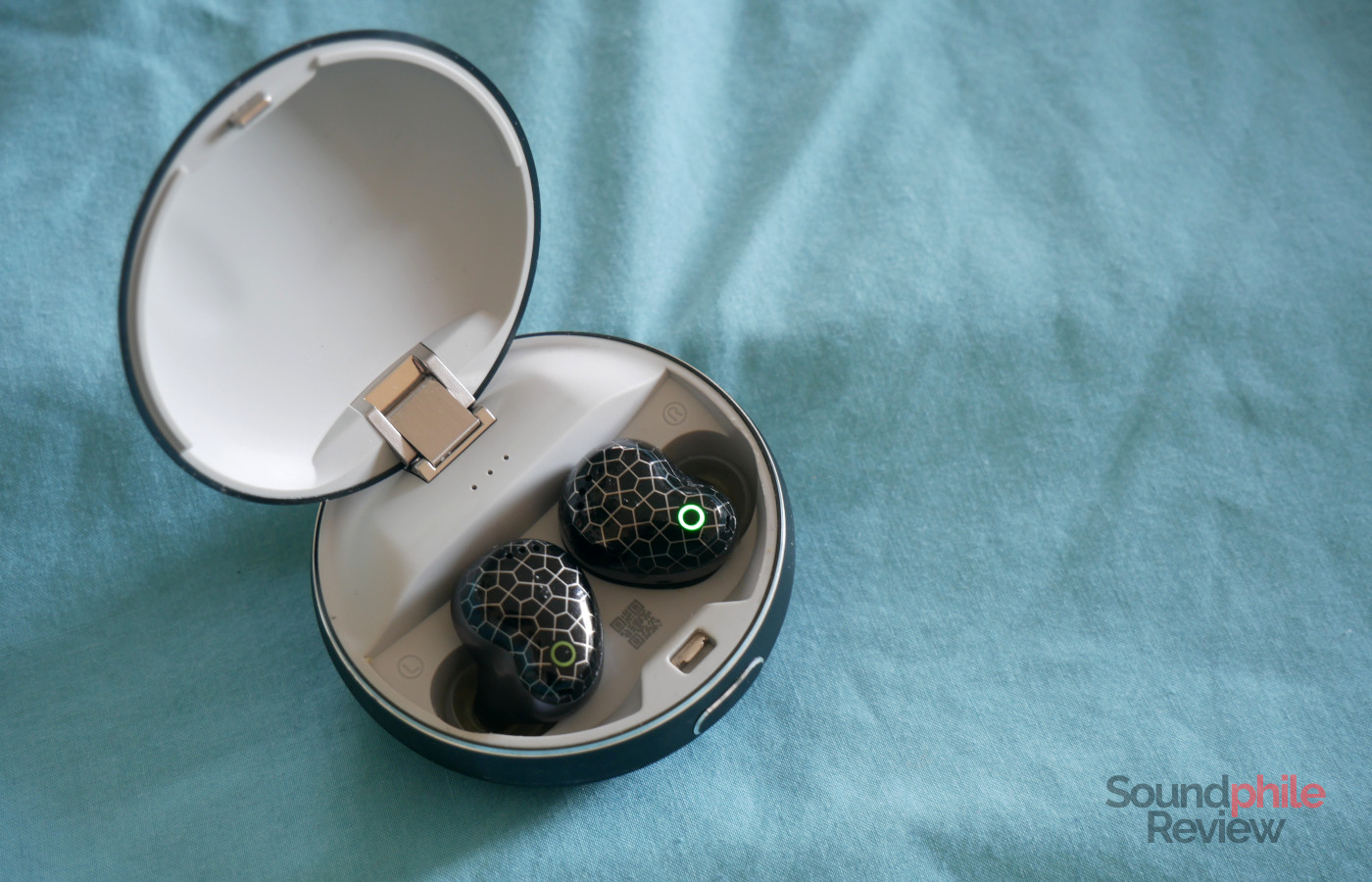
FiiTii promises up to 7 hours of battery life, but this figure is with the “mild noise cancelling” mode enabled and is a bit optimistic – in my experience it is a bit more than 5 and a half hours. If you instead opt for the strong mode, the figure drops to a bit more than four hours. These figures would be acceptable for earbuds sold at a third of this price, but at $150 I fully expect 8-10 hours of battery life. It has to be noted that the earphones keep on draining the battery even when they’re not in active use, so in less than a week they run out of power just by staying in their case. Given this, it’s also quite hard to judge the real charging capacity of the case.
Sound & Specs
I have tested the FiiTii HiFiPods mostly with my computer.
FiiTii HiFiPods |
| Frequency response | N/A |
| Impedance | N/A |
| Sensitivity | N/A |
| Bluetooth version | 5.2 |
| Codecs | SBC, AAC, aptX |
The FIiTii HiFiPods make use of either two or three drivers: in both cases there’s an 8-mm dynamic driver, plus one or two balanced armatures (there’s two versions).
The soundstage is not quite wide and has little depth, too, so music sounds rather intimate and close to the listener, without much space to expand into. Imaging is also limited in its ability to convey information on the position of the instruments, as the limited soundstage also means there’s not much space to place instruments in and they all sound squashed in a confined space, rather than distributed around the listener. Instrument separation is decent and only falters with more complex tracks.
Bass is definitely abundant and prominent, taking over the mids and being right in the forefront. In fact, while it is not really aggressive, bass is surely well beyond the threshold of neutrality. The good news is, though, that it has very good depth, offering significant extension that adds both impact and nuance. On the other hand, speed could be better, with transients sounding a bit wet also owing to a relatively long decay – features that are typical of dynamic drivers, but I expected something better at this price.
Midrange is quite bright, as there is quite an accent on the upper region. You can clearly hear this in Birkin Tree’s A Cheap Present/The Session Chaser/reels, among other tracks, as the sticks sound very emphasised, together with (and sometimes even more than) the violins. It can often get a bit fatiguing. More generally, mids are somewhat recessed and sound a bit distant and compressed. Due to this, detail isn’t great, either.
Treble is quite aggressive, thanks to multiple spikes in the middle region around the 8 and 10 kHz marks. In fact treble comes out on top of everything else and becomes dominant to the detriment of bass and mids. The emphasis involves mostly the lower and middle areas, which are the most audible, with a somewhat sharp decline as the frequency goes up. That’s not counterbalanced by a high level of detail, though, as it is acceptable but not much more.
Final Thoughts
When you name your earphones “HiFiPods”, the expectation is that their sound is fantastic and truly “hi-fi”. Unfortunately, the FiiTii HiFiPods deliver a weird mix of things, with a general good sense of detail, but with the same old tired V-shaped signature that countless other earphones offer. The HiFiPods’ real problem is pricing: competitors offer comparable sound quality at a much lower price point. The FiiTii HiFiPods retail for $150, which is too high for what they offer from the perspective of both sound and features. At $150 you can buy renowned earbuds like Sony’s WF-1000XM3. A price lower than $100 would have made the HiFiPods more acceptable, but at the price point they’re sold at you start to find real heavyweights which offer an overall better experience, whether you consider pure sound quality or functionality. Although they do many things right, the current market is quite competitive and doesn’t live much space for the HiFiPods.
The final rating of 5/10 is mostly due to the price being too high for what’s on offer. In my opinion, a price around $90 would have positioned the HiFiPods much better and would have made many of the issues far less relevant – as price increases, so do expectations, so a lower price would have made many issues more tolerable and, consequently, the rating higher.
As I am writing this, the earbuds are on offer for $120. At that price, which is still a tad high, they’re much more interesting and they can be considered a solid 6.5/10, so keep that in mind when you decide whether to buy them.

